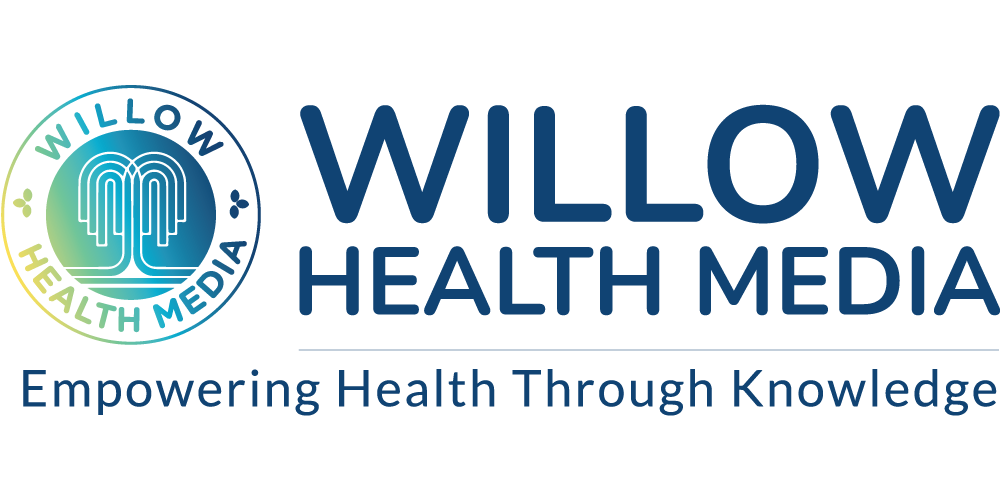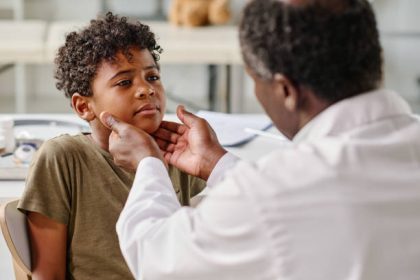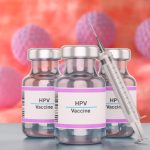As pharmacists, we need to watch out for the red flags: unexplained worsening symptoms, repeat hospital visits for similar problem, strange pain patterns, a patient feeling uneasy about medical care.
The steady pulse of Kenyan hospitals can be misleading. It feels like a place where hope thrives, recovery is whispered into existence, new life anxiously awaits its debut. As a pharmacist, I am immersed in this environment, not just handing out life-saving drugs and offering vital tips but also witnessing gut-wrenching stories of medical negligence.
This hidden killer rarely makes the evening news, but its trail of shattered lives and stolen dreams is just as vast.
Consider Precious, whose potential was cruelly cut short by cerebral palsy, allegedly due to negligence during her birth. Then there’s the five-year-old treated for pneumonia in the Rift Valley, when doctors should have removed a poisonous seed from her lung—a fatal misdiagnosis.
In Kiambu County, newborn deaths happen simply because mothers wait too long for medical attention. In heartbreaking cases, women who couldn’t deliver normally were forced into emergency C-sections to remove their already dead babies, leaving them with deep physical and emotional scars. The emotional pain gets worse when grieving mothers are placed alongside those celebrating successful births.
From Nakuru County, a young mother died after an emergency C-section. Her family blamed a critical two-hour delay in getting her to the ICU due to a lack of available beds, despite her good health when she arrived.
I often catch unsettling glimpses of this creeping negligence long before it erupts into public outcry
Then there’s the horrifying story of a woman from Murang’a living with a broken surgical needle left in her birth canal at a sub-county hospital. These are not mere statistics, but lives shattered, futures stolen, families forever scarred by preventable harm.
From my spot behind the pharmacy counter, I often catch unsettling glimpses of this creeping negligence long before it erupts into public outcry. My days blend managing prescriptions, patient consultations, and stock oversight. Yet, amidst this controlled chaos, certain details emerge—subtle whispers hinting at deeper problems across various hospitals.
My pharmacy counter sees countless faces, but some etch themselves into your memory. This young woman, still practically a girl, came in for a simple antibiotic refill. Her exhaustion was obvious, her face pale, and pain flickered in her hollow eyes. A routine appendectomy, her file read, but her body told a far more troubling story.
“The pain is getting worse,” she whispered, desperation in her voice, “and I feel so weak, like something’s just… off.” It was a quiet confession that spoke volumes, hinting at a truth far darker than her medical chart suggested.
My gut churned. I had seen similar signs before. I quietly flagged her case to a senior nurse to check her wound, emphasizing her unusual pain and pallor. A few hours later, the young woman had been rushed back to surgery. A severe, neglected post-operative infection had almost claimed her life. It was a stark reminder of how a seemingly minor oversight can become life-threatening.
They almost killed him,” the mother whispered, tears streaming down her face. “How can they be so careless?
Another time, a family approached, their faces showing a deep mixture of grief and simmering rage. They were collecting medication for a child recently discharged after a severe allergic reaction. The child, they explained, had been given a medication in the hospital that they had clearly stated he was allergic to, despite clear records.
“They almost killed him,” the mother whispered, tears streaming down her face. “How can they be so careless?”
Their pain was obvious, and I felt a surge of helplessness. All I could do was offer comfort, ensure they understood the new medication, and make a mental note to review every allergy flag with renewed care. These moments underscore the immense responsibility we all carry in the healthcare chain.
While individual errors contribute to these tragedies, many cases expose deeper, systemic problems within our healthcare system. Are our facilities chronically understaffed, leading to burnout and rushed decisions? Is there a widespread lack of comprehensive training and continuous professional development for healthcare providers? Are communication breakdowns between departments frequent, creating dangerous gaps in patient care? Are ethical considerations sometimes overshadowed by relentless commercial pressures in certain private institutions?
As pharmacists, we often serve as the final line of defense before medication reaches the patient. Our responsibilities go beyond carefully double-checking dosages, examining drug interactions, and counselling patients on proper usage. Our accessibility often means patients, feeling intimidated or unheard by other medical professionals, sometimes confide in us.
Watch out for red flags, unexplained worsening symptoms, repeat hospital visits
We can go beyond our traditional roles in these quiet, often overlooked moments, and become listeners, careful observers, and quiet advocates.
We can:
- Watch for Red Flags: Look out for unexplained worsening symptoms, repeat hospital visits for the same problem, strange pain patterns, or when a patient feels uneasy about their care.
- Empower Patients: Explain medications clearly, mention side effects, and teach warning signs. This helps patients become active partners in their care and speak up when something feels wrong.
- Provide Quiet Help: Know how to connect patients with complaint channels or advocacy groups. Sometimes a discreet phone number slipped with a prescription can be a lifeline.
- Speak Up Internally: When you suspect negligence, raising concerns with senior staff is a moral duty, even when it’s difficult.
For hospitals, use E-Health Records with alerts for allergies, drug interactions
Training and Development: Run regular mandatory training on patient safety, error prevention, communication, and empathy. Include training on spotting domestic violence and child abuse signs.
Better Communication: Create clear, standard ways for departments and shifts to share information. Use technology to reduce human error when transferring patient details, allergies, and critical conditions.
Safe Reporting Culture: Build a “blame-free” environment where staff can report errors and near-misses without fear of punishment. This allows proper investigation and prevents future problems.
Proper Staffing: Regularly check nurse-to-patient ratios and doctor availability to prevent burnout and ensure quality care.
Smart Technology: Use Electronic Health Records with alerts for allergies, drug interactions, and critical lab values. Implement smart infusion pumps to reduce medication errors.
Patient-Centered Care: Involve patients and families in care planning. Ensure informed consent is truly understood and create patient advocate roles within hospitals.
Quality Checks: Conduct regular internal and external audits of clinical practices and patient outcomes.
Clear Complaints Process: Make it easy for patients and families to lodge complaints and get timely responses.
For government, create empowered bodies to investigate medical negligence cases
Set Standards: Develop and enforce clear national healthcare quality and safety standards, including licensing requirements for facilities and practitioners.
Independent Oversight: Create empowered bodies to investigate medical negligence cases and impose appropriate sanctions when negligence is proven.
Transparency: Implement a national system to collect and publicly report medical errors, adverse events, and patient outcomes. Transparency drives improvement.
Increase Funding: Boost funding for public hospitals, especially in underserved areas, to improve facilities, equipment, and staffing.
Legal Reform: Review laws to ensure they effectively deter negligence and provide fair access to justice for victims. Consider faster dispute resolution methods.
Support Healthcare Workers: Create national programs addressing burnout, mental health, and workplace safety for healthcare professionals, recognizing their well-being affects patient care.
Public Education: Teach the public about patient rights, how to report concerns, and what quality healthcare should look like.
The fight against medical negligence is not merely a legal battle but a profound moral imperative. It demands transparency, unwavering accountability, and an unyielding commitment to patient safety as the paramount priority.
As pharmacists, we stand on the frontlines, not just dispensing medicine but also advocating for the fundamental right to safe, competent, and compassionate healthcare.
Dr Madeline Iseren is a Pharmacist and Non-Fiction Writer.
